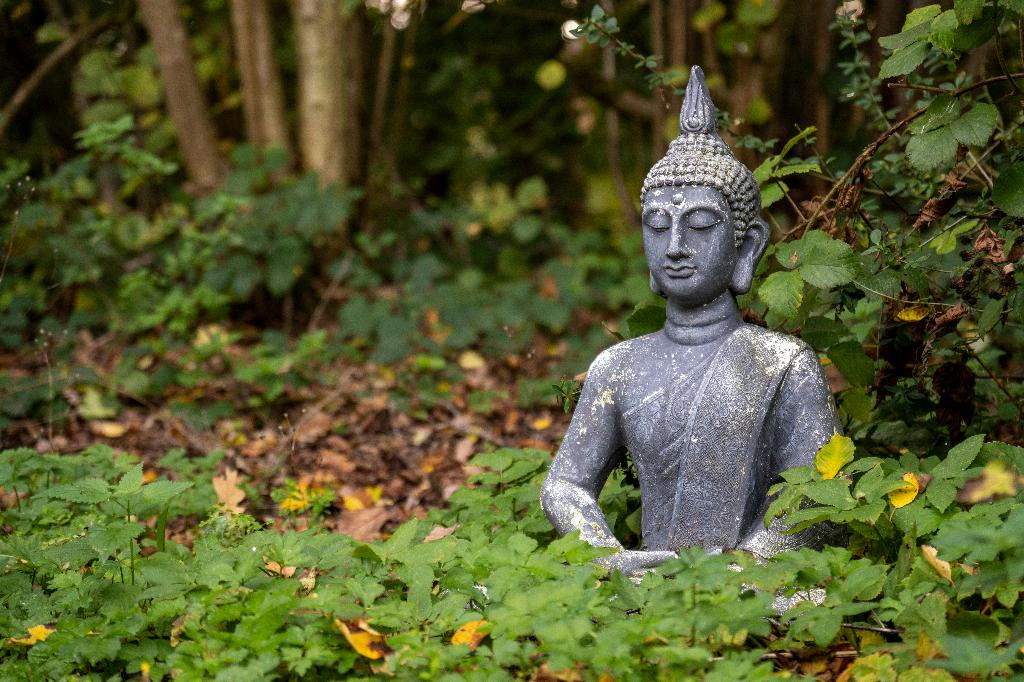When it comes to maintaining the health and appearance of your trees and shrubs, timing is key. Knowing when to cut back these plants can greatly impact their growth, flowering, and overall vitality. Different types of trees and shrubs have varying pruning needs, so it’s essential to understand the best time to trim them to ensure optimal results.
Spring-Flowering Shrubs and Trees
For spring-flowering shrubs and trees, the general rule of thumb is to prune them immediately after the flowers have faded. This timing allows them to recover and potentially develop new growth in preparation for the next year’s bloom. Examples of spring-flowering plants include lilacs, azaleas, and magnolias.
Summer-Blooming Trees and Shrubs
On the other hand, summer-blooming trees and shrubs should be pruned in winter or early spring, before new growth begins to emerge. This early pruning helps shape the plant and encourages healthy growth during the growing season. Some examples of summer-blooming plants are roses, hydrangeas, and butterfly bushes.
Consider Your Region’s Climate
It’s vital to take your region’s climate into account when deciding when to cut back trees and shrubs. In areas with harsh winters, late-summer pruning can stimulate new growth that may not have enough time to harden before colder temperatures set in. This can leave the plant vulnerable to damage from frost or snow.
Why Timing Matters
The timing of your pruning efforts can affect the health and vigor of your trees and shrubs. Pruning at the right time can promote proper healing of cuts, minimize stress on the plant, and encourage robust growth. Conversely, pruning at the wrong time can lead to weakened plants, reduced flowering, and susceptibility to disease.
Benefits of Proper Pruning
When done correctly and at the right time, pruning can have numerous benefits for your trees and shrubs. Properly pruned plants are healthier, more aesthetically pleasing, and less prone to pest infestations or diseases. Pruning can also improve air circulation and sunlight penetration, leading to better overall growth.
Avoiding Over-Pruning
While pruning is essential for maintaining plant health, it’s crucial to avoid over-pruning, which can stress the plant and hinder its growth. Always follow the specific pruning recommendations for each type of tree or shrub, taking into account its growth habits, flowering patterns, and overall health.
Consulting a Professional
If you’re unsure about when or how to prune your trees and shrubs, consider consulting a professional arborist or landscaper. These experts can assess the needs of your plants, provide tailored pruning recommendations, and ensure that the job is done safely and effectively.
Tools for Pruning
Having the right tools for pruning is essential to ensure clean cuts and minimize damage to the plant. Common pruning tools include hand pruners, loppers, pruning saws, and hedge shears. Keeping your tools sharp and properly maintained can make the pruning process more efficient and effective.

Conclusion
In conclusion, knowing when to cut back trees and shrubs is crucial for their well-being and growth. By following the recommended pruning times for different plant types and considering your region’s climate, you can help your trees and shrubs thrive. Remember that proper pruning can lead to healthier, more vibrant plants that enhance the beauty of your landscape.
